Table of Contents
- How People Describe This Pain Pattern
- How You Activate and Intensify This Pain Pattern
- Self-Care – Getting Relief on Your Own
- Musculoskeletal Anatomy Behind Your Pain
- Therapy Notes for Massage and Bodywork
Want to skip ahead?
Here’s a link to my post about
getting relief on your own.
How People Describe This Pain Pattern
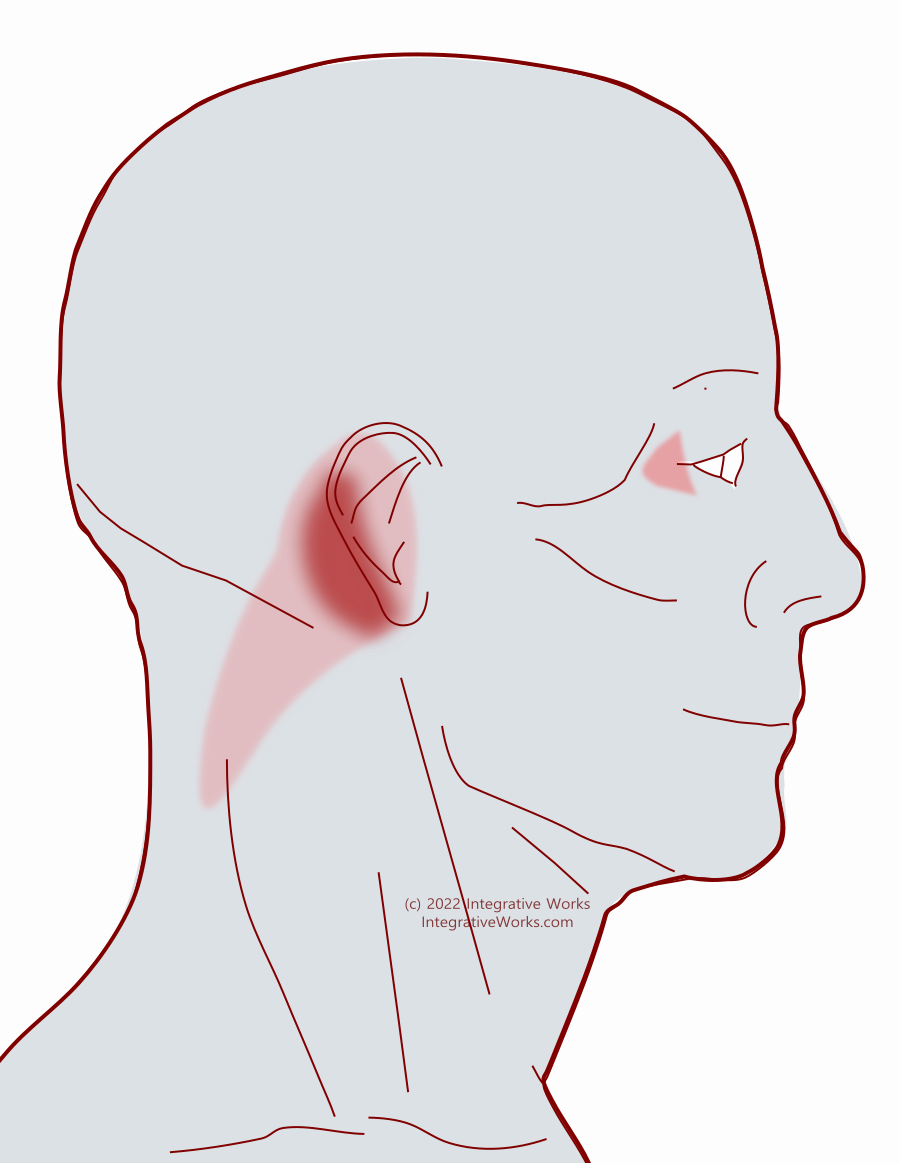
Pain Behind Ear
Mostly, people complain of pain behind the ear. Often, they complain about “ear pain.” Then, when asked to touch the pain, they get more specific. Sometimes, they refer to as an earache.
I ask if any sensations refer up, down, or anywhere else. So, this helps to differentiate it from other patterns that refer to the ear. Occasionally, they complain of tension in the neck or pain behind the eye. They describe the stiffness in the neck as a band of tightness that extends from behind the ear along the side of the neck.
It’s worth noting that this pattern is unusual and you should look at other patterns that create pain around the ear.
How You Activate and Intensify This Pain Pattern
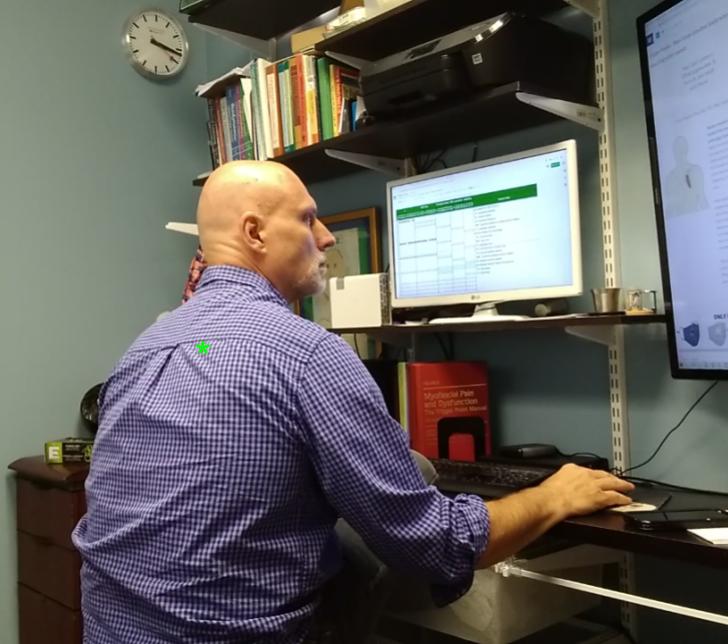
Awkward position
This is a classic case of aggravating the muscles and joints with an awkward, sustained position. These people complain of having “slept wrong” or “worked on a document too long.”
Of course, occasionally this comes from an accident or fall. Almost always, their neck is twisted when they get bumped.
The Musculoskeletal Anatomy Behind Your Pain
Musculoskeletal Anatomy
This post on anatomy contains standard information about the origin, insertion, function, and innervation of muscles. Additionally, it includes information on functional considerations and anomalies.
Find Related Posts
Anatomy posts have a grid of all related posts. This includes posts on pain patterns, self-care, therapy notes, NMT protocols, cranial techniques, and cases.
Getting Relief on Your Own
Clinically Proven
Self-Care Strategies
This post has strategies for getting relief on your own. Explore how to change your activities, stretch, ice, and more to relieve the pain associated with this trigger point.
Therapy Notes for Massage and Bodywork
Better Bodywork
Through Shared Expertise
This post has techniques, tips, treatment routines, and anatomy illustrations to improve the bodyworker’s approach.
Support Integrative Works to
stay independent
and produce great content.
You can subscribe to our community on Patreon. You will get links to free content and access to exclusive content not seen on this site. In addition, we will be posting anatomy illustrations, treatment notes, and sections from our manuals not found on this site. Thank you so much for being so supportive.
Cranio Cradle Cup
This mug has classic, colorful illustrations of the craniosacral system and vault hold #3. It makes a great gift and conversation piece.
Tony Preston has a practice in Atlanta, Georgia, where he sees clients. He has written materials and instructed classes since the mid-90s. This includes anatomy, trigger points, cranial, and neuromuscular.
Question? Comment? Typo?
integrativeworks@gmail.com
Interested in a session with Tony?
Call 404-226-1363
Follow us on Instagram

*This site is undergoing significant changes. We are reformatting and expanding the posts to make them easier to read. The result will also be more accessible and include more patterns with better self-care. Meanwhile, there may be formatting, content presentation, and readability inconsistencies. Until we get older posts updated, please excuse our mess.

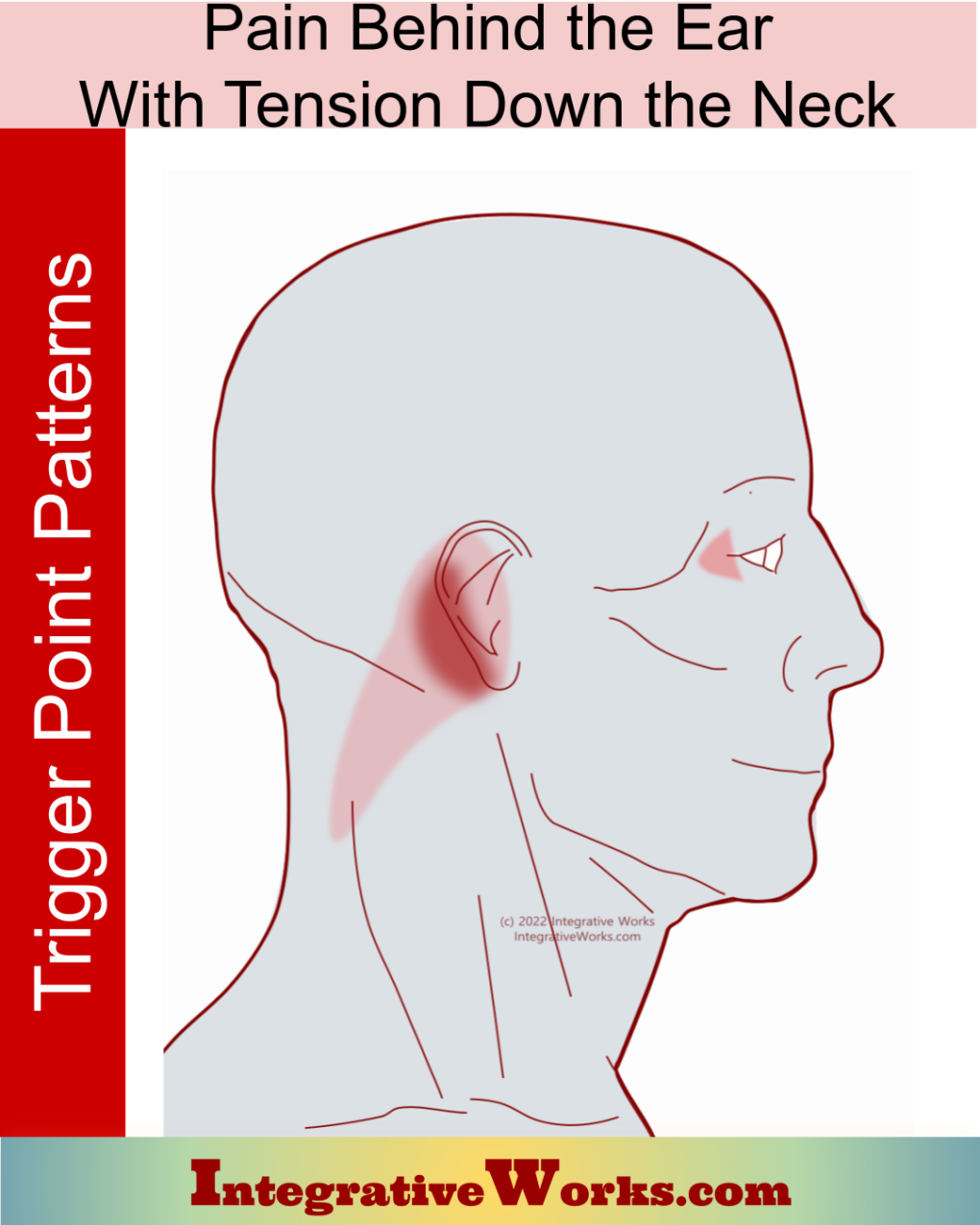
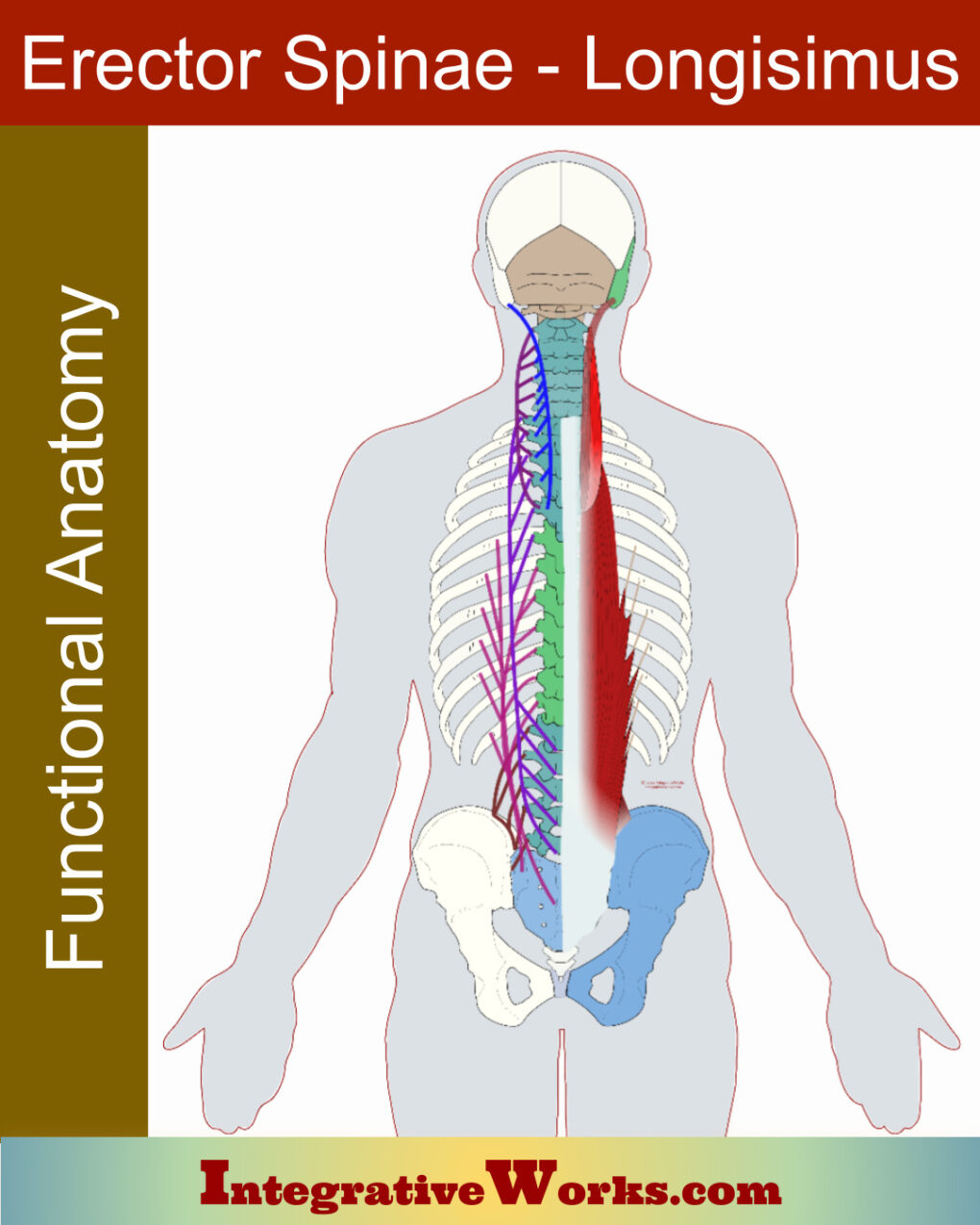
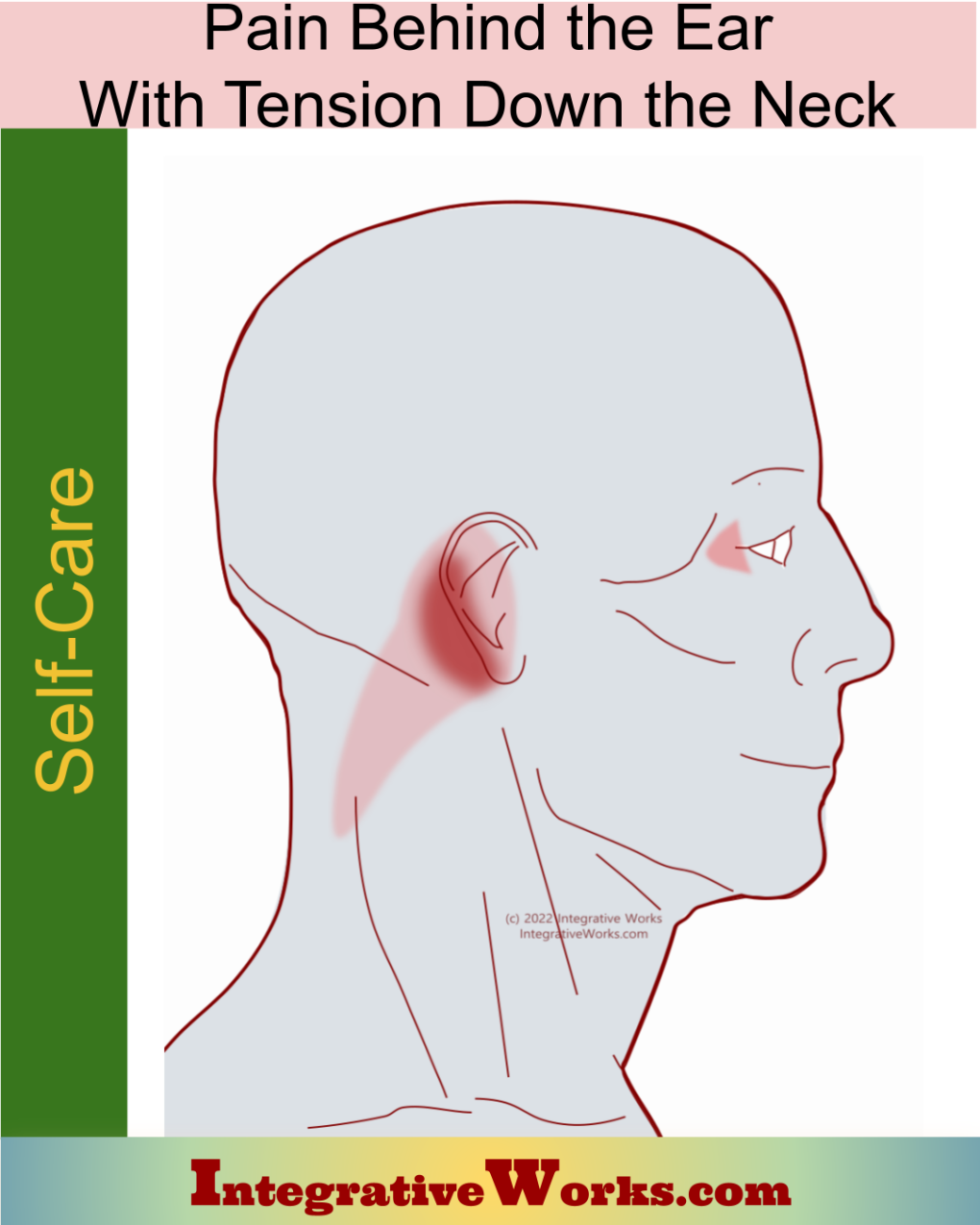
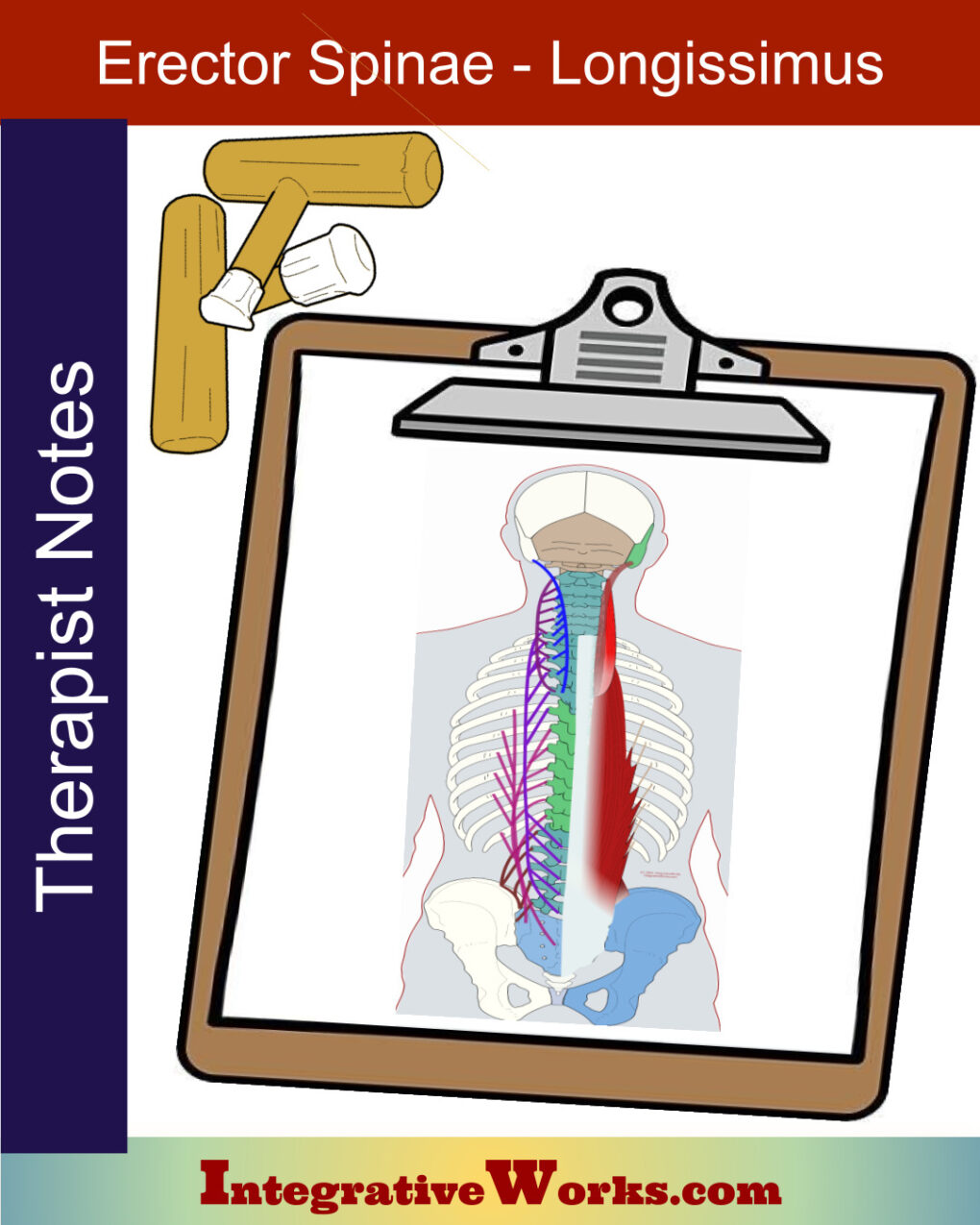

Pingback: Self-Care - Pain Behind the Ear with Tension Down the Neck - Integrative Works
Pingback: Longissimus - Massage Therapy Notes - Integrative Works